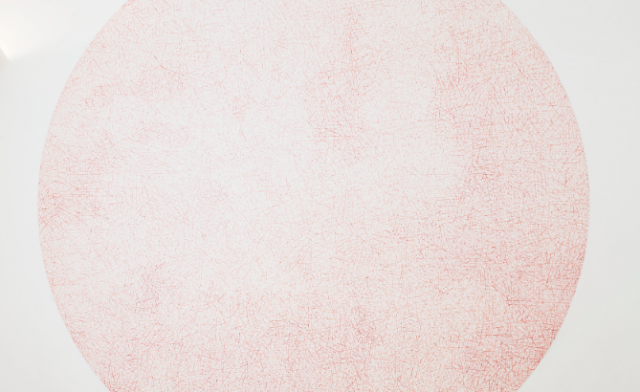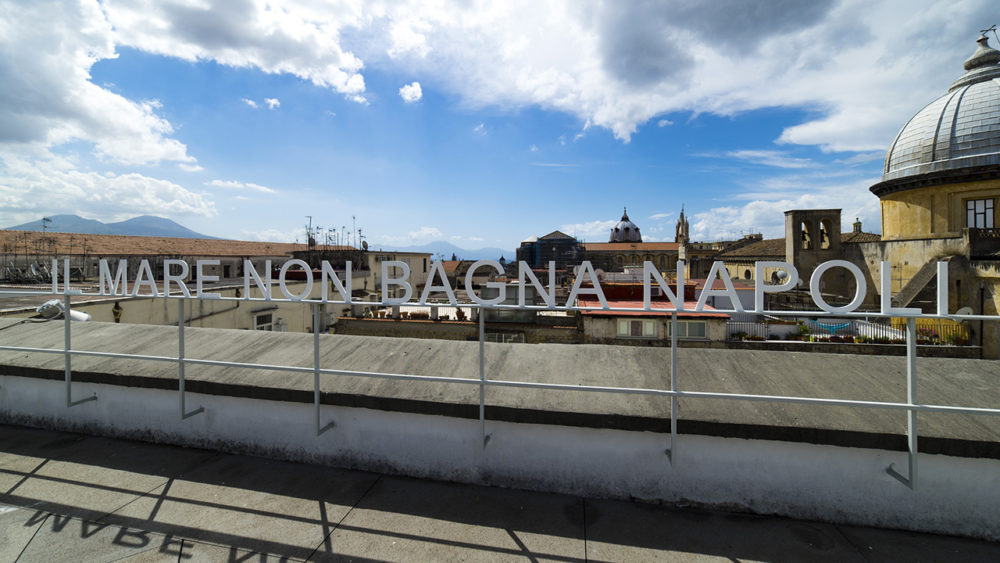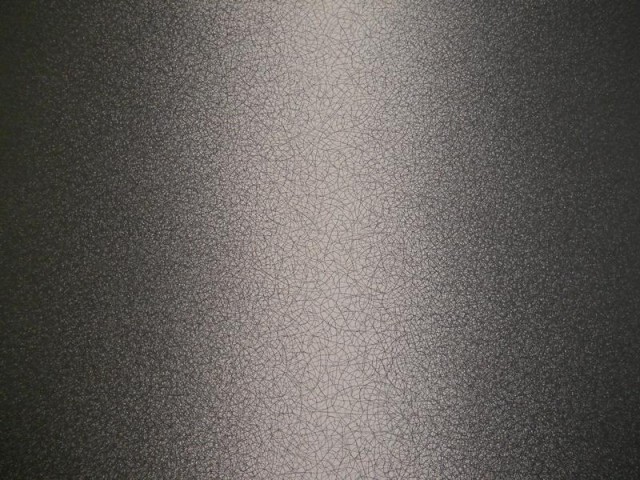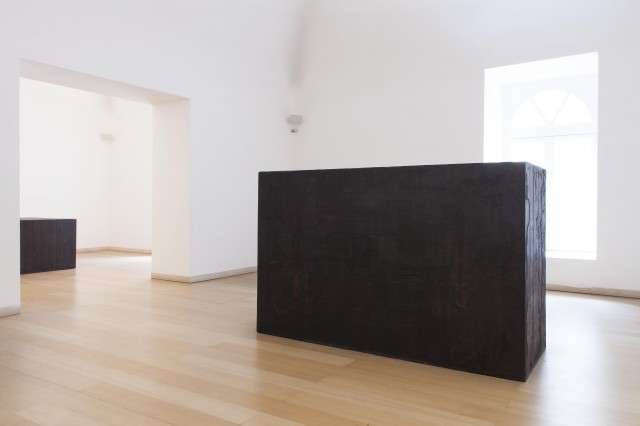Sol LeWitt is one of the artists who has made the greatest contribution to pursuing and developing the process which started with Modernism, changing, reversing the definition and the conventional rules of the artistic practice and of its material production through the abolition of the notions of uniqueness, of the unrepeatable, of the individual ability for manual execution in favour of an absolute supremacy of the idea. In conceptual art, of which LeWitt was one of the founding fathers in the Sixties, the idea or the concept represents the most important aspect of the work of art.
To use the artist’s words, the idea becomes the instrument which produces the art. This definition is exemplified in his famous Wall Drawings like those selected for his room in the Madre. Starting with his first artist’s book in 1968 LeWitt constructed a range of variations on the straight line superimposed in four directions. This system was then applied and developed on a large scale by the artist or, indifferently by his assistants, redesigning it meticulously on large wall areas. In recent years the artist has incorporated fluid, sinuous lines, which often intersect, into his Wall Drawings, obtaining a further rhythmic aspect which seems to curve and fragment space in a multitude of unpredictable directions.




